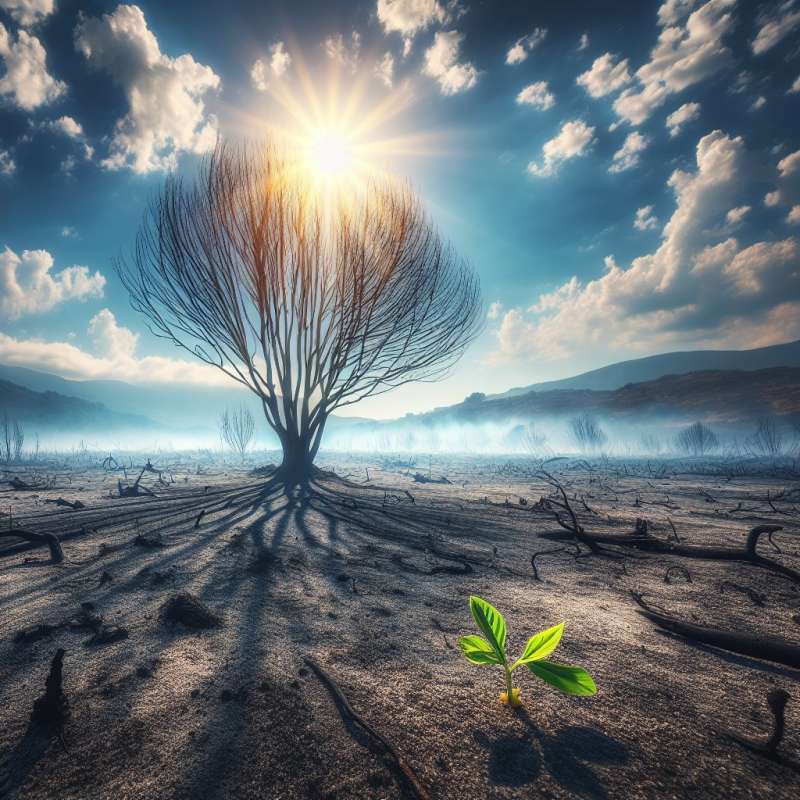
Climate Change Basics
Climate change refers to significant, long-term changes in global weather patterns. It's driven by human activities, mainly fossil fuel burning, which increases greenhouse gas levels.
Historical CO2 Levels
Carbon dioxide levels have exceeded 400 ppm, a threshold not seen in over 800,000 years. Ancient ice core samples reveal the stark contrast to pre-industrial times.
Ocean Acidification
The ocean absorbs about 30% of emitted carbon dioxide, leading to acidification. This lesser-known effect damages marine ecosystems, particularly coral reefs and shellfish populations.
Permafrost Thawing
Thawing permafrost in Arctic regions releases methane, a potent greenhouse gas. This feedback loop exacerbates warming and is not fully accounted for in most climate models.
Extreme Weather Patterns
Climate change amplifies the intensity and frequency of extreme weather events. This includes more devastating hurricanes, droughts, heatwaves, and unprecedented wildfires.
Economic Impact
Globally, climate change could cost $2.5 trillion per year by 2100. It disproportionately affects the poor, exacerbating inequality and threatening food security.
Renewable Energy Growth
Renewable energy is expanding faster than expected. Solar and wind power are becoming cheaper than coal, even without subsidies, signaling a potential shift in global energy.Venus' Climate Lesson
Venus experienced runaway greenhouse effect, making it hotter than Mercury, despite being further from the Sun.
What primarily drives climate change?
Natural weather fluctuations
Human activities, fossil fuels
Solar radiation variations
Company